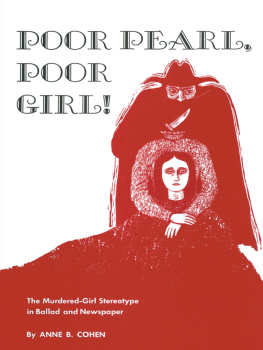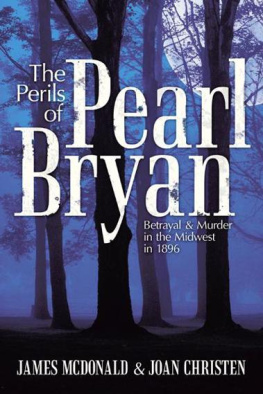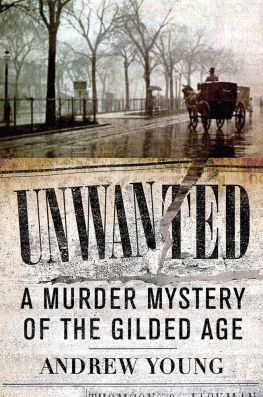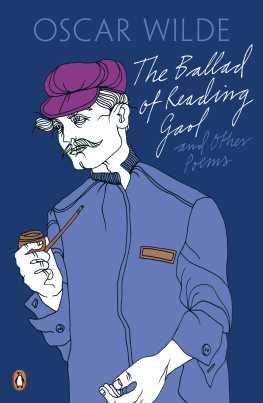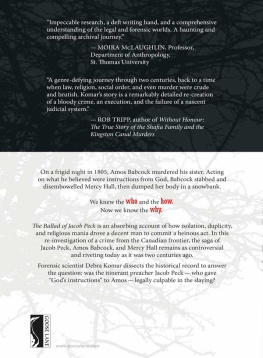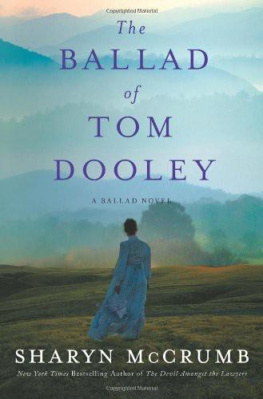Anne B. Cohen - Poor Pearl, Poor Girl!: The Murdered-Girl Stereotype in Ballad and Newspaper
Here you can read online Anne B. Cohen - Poor Pearl, Poor Girl!: The Murdered-Girl Stereotype in Ballad and Newspaper full text of the book (entire story) in english for free. Download pdf and epub, get meaning, cover and reviews about this ebook. year: 1981, publisher: University of Texas Press, genre: Detective and thriller. Description of the work, (preface) as well as reviews are available. Best literature library LitArk.com created for fans of good reading and offers a wide selection of genres:
Romance novel
Science fiction
Adventure
Detective
Science
History
Home and family
Prose
Art
Politics
Computer
Non-fiction
Religion
Business
Children
Humor
Choose a favorite category and find really read worthwhile books. Enjoy immersion in the world of imagination, feel the emotions of the characters or learn something new for yourself, make an fascinating discovery.
- Book:Poor Pearl, Poor Girl!: The Murdered-Girl Stereotype in Ballad and Newspaper
- Author:
- Publisher:University of Texas Press
- Genre:
- Year:1981
- Rating:4 / 5
- Favourites:Add to favourites
- Your mark:
Poor Pearl, Poor Girl!: The Murdered-Girl Stereotype in Ballad and Newspaper: summary, description and annotation
We offer to read an annotation, description, summary or preface (depends on what the author of the book "Poor Pearl, Poor Girl!: The Murdered-Girl Stereotype in Ballad and Newspaper" wrote himself). If you haven't found the necessary information about the book — write in the comments, we will try to find it.
The year was 1896, and nineteenth-century journalists called the murder of Pearl Bryan the Crime of the Century. From the day Pearls headless body was found to the execution of her murderers on the gallows, the details of the murder fascinated newspaper reporters and ballad composers alike. Often glossing over the facts of the case, newspaper accounts presented the events according to stereotypes that were remarkably similar to those found in well-known murdered-girl ballads, such as Pretty Polly, Omie Wise, and The Jealous Lover. Events, characters, motivations, and plot were presented through this framework: the simple country girl led astray by a clever degenerate. Nearly all variants of the Pearl Bryan ballad point the same moral:Young ladies now take warningYoung men are so unjust,It may be your best loverBut you know not whom to trust.Representations of this formula appear in such diverse genres as the ballad Poor Ellen Smith and the novel An American Tragedy. As Anne Cohen demonstrates, both newspaper accounts and ballads tell the Pearl Bryan story from the same moral stance, express the same interpretation of character, and are interested in the same details. Both distort facts to accommodate a shared pattern of storytelling. This pattern consists of a plot formulathe murdered-girl formulathat is accompanied by stereotyped scenes, actors, and phrases. The headless bodysurely the most striking element in the Pearl Bryan caseis absent from those ballads that have survived. Anne Cohen contends that a decapitated heroine does not belong to the formulaa murdered heroine, yes, but not a decapitated one. Similarly, newspapers made much of Pearls innocence and tended to downplay the second murderer. Only one murderer, the lover, belongs to the stereotype. Poor Pearl, Poor Girl! is a ballad study conducted on historic-geographic lines; that is, it seeks to trace the history and interrelations of a series of ballad texts and to relate the ballads directly to their ideological and historical context in the American scene. It also compares the narrative techniques of ballad composition with the techniques of other forms of popular narrative, especially newspaper journalism.
Anne B. Cohen: author's other books
Who wrote Poor Pearl, Poor Girl!: The Murdered-Girl Stereotype in Ballad and Newspaper? Find out the surname, the name of the author of the book and a list of all author's works by series.

